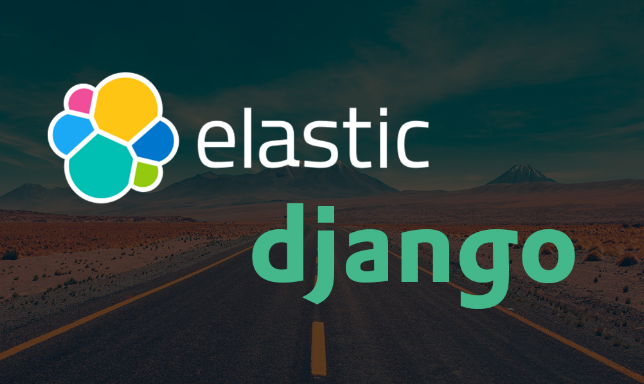Title: Django and Elasticsearch: Integrating Search Functionality
Introduction:
Search functionality is a crucial feature in many web applications, and Elasticsearch offers a powerful search engine that can be seamlessly integrated with Django. This article explores the process of integrating Elasticsearch with Django to enable efficient and advanced search capabilities in your Django applications.
- Understanding Elasticsearch and its Benefits:
- Introduction to Elasticsearch and its key features
- Comparison between traditional database queries and Elasticsearch search
- Benefits of using Elasticsearch with Django for search functionality
- Setting Up Elasticsearch:
- Installing and configuring Elasticsearch on your development environment
- Verifying Elasticsearch connectivity and ensuring its availability
- Installing Elasticsearch Python Client:
- Installing the Elasticsearch Python client library for Django
- Configuring Django settings to connect to Elasticsearch
- Mapping Django Models to Elasticsearch Documents:
- Creating Elasticsearch mappings for Django models and their fields
- Specifying the data types and analyzers for search indexing
- Defining relationships and nested objects in Elasticsearch mappings
- Indexing Data into Elasticsearch:
- Indexing existing data from Django models into Elasticsearch
- Implementing mechanisms to keep Elasticsearch data in sync with Django models
- Configuring indexing strategies for efficient and timely updates
- Performing Basic Search Operations:
- Executing simple search queries against Elasticsearch
- Implementing full-text search and filtering operations
- Utilizing Elasticsearch query DSL for complex search queries
- Implementing Search Functionality in Django Views:
- Integrating Elasticsearch search functionality into Django views
- Handling user search queries and passing them to Elasticsearch
- Returning relevant search results to the user interface
- Advanced Search Features:
- Implementing features like autocomplete, suggestions, and highlighting
- Aggregating search results for faceted navigation and result grouping
- Implementing fuzzy matching and stemming for improved search accuracy
- Search Result Ranking and Scoring:
- Understanding Elasticsearch scoring algorithms and relevance ranking
- Customizing scoring models to influence search result rankings
- Incorporating user feedback and behavior for personalized search results
- Scaling and Optimizing Elasticsearch:
- Configuring and managing Elasticsearch clusters for production
- Scaling Elasticsearch to handle increased search traffic
- Implementing performance optimizations, caching, and query tuning
- Testing and Error Handling:
- Writing unit tests for search functionality in Django
- Handling search errors and exceptions in Django views
- Monitoring and logging Elasticsearch queries and performance
Conclusion:
Integrating Elasticsearch with Django empowers developers to implement advanced search functionality in their applications. By following the steps and best practices outlined in this article, you can leverage Elasticsearch’s powerful search capabilities to enhance the search experience in your Django projects. Whether you’re building a simple search feature or a complex search-driven application, Elasticsearch provides the necessary tools to make search efficient, accurate, and scalable in your Django applications.




